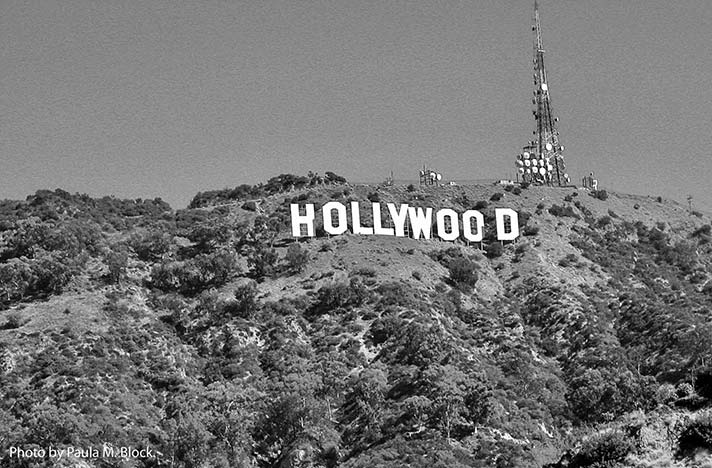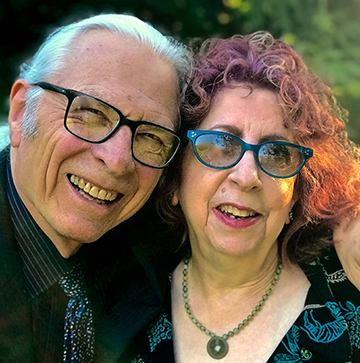The Unfettered Critic – September 2021
It began at the beginning. Literally.
You’re aware that John Wayne was born Marion Morrison, right? And that Marilyn Monroe’s birth name was Norma Jeane Mortenson until she changed it to Baker until she changed it again. Changing names has been movie star practice for so long that we’re not surprised to discover that Vin Diesel really is Mark Sinclair. But did you know that in the world of movies, the actors weren’t first to do it? In fact, it started before there were movies—and even before a picture had motion. Really.
Edward Muggeridge, the British scholar who first investigated “photographic studies of motion,” used multiple cameras to capture and project animal movement. This was in 1877, thirty-six years before the invention of flexible filmstrips. Being a bit pretentious, Muggeridge thought his name wasn’t cool, so he changed it to Eadweard Muybridge for a bit of class. We think he should have left it alone, but we’re glad he set loose the idea that pictures might wiggle.
We’re ruminating about ancient movie history like this because an industry in transformation (of the negative kind) has been flashing before our eyes. The once great studios of Hollywood feel threatened by the theater chains that feel threatened by the public’s increasing alarm about the pandemic. If the public again decides to stay home as they did until recently, the theaters may close permanently, and although production will continue, our beloved twelve-foot tall images would be available only on tiny home screens—some as miniscule as two-inches by two-inches.
Like many of you, we’ve spent our lifetimes with movies flashing before our eyes, particularly in what might be called our “formative years.” Before we became your Unfettered duo, one of us (Paula, you know) found her first job as a candy girl at a revival movie theater, in part because they tended to show many of her favorite movies over and over again. Repeating favorites continued into her adulthood, and she briefly became a celebrity in Chicago when a local news channel interviewed her after she’d seen Star Wars in the theater one hundred times! The other one of us (Terry, apparently, because he’s the only one left) saw countless movies on the big screen when his mother got into the theater business (as janitor of the open-three-days-a-week hall in their North Dakota farm town). Dwelling on this history feels good—because having been to a brick and mortar theater only once in two years (see last month’s column), we’re suffering visual withdrawal.
In the meantime, and in spite of possible screen size, we’ve made sure we have DVD access to all of our favorite films, like Harold and Maude; My Fair Lady; Local Hero; The Haunting. And, of course, Star Wars (a seemingly odd-film-out for a couple that still has a career writing instead about Star Trek).
We don’t intend to sound dispiriting here. We know the entertainment world will continue. We could write similar columns about the live music industry (Go, Britt! Welcome back! We love you!), or the restaurant business (Keep cooking, Guys!). But dang, we love movies on the big screen. We need to know about the talented artists that have entertained us. An oft-told Hollywood tale notes that a friend took then-elderly actor Charlie Chaplin (The Little Tramp) to see a Cinemascope screening of 2001: A Space Odyssey. When the lights came up at the end, Chaplin reportedly had tears in his eyes, and could comment only, “It’s so beautiful.” We suspect that Eadweard Muybridge would have felt the same.
You remember Muybridge, aka Muggeridge, right?

 Paula and Terry identify as writers, with an ever-increasing number of published works to support the supposition. They live a primarily pastoral life in the enchanted town of Jacksonville.
Paula and Terry identify as writers, with an ever-increasing number of published works to support the supposition. They live a primarily pastoral life in the enchanted town of Jacksonville.